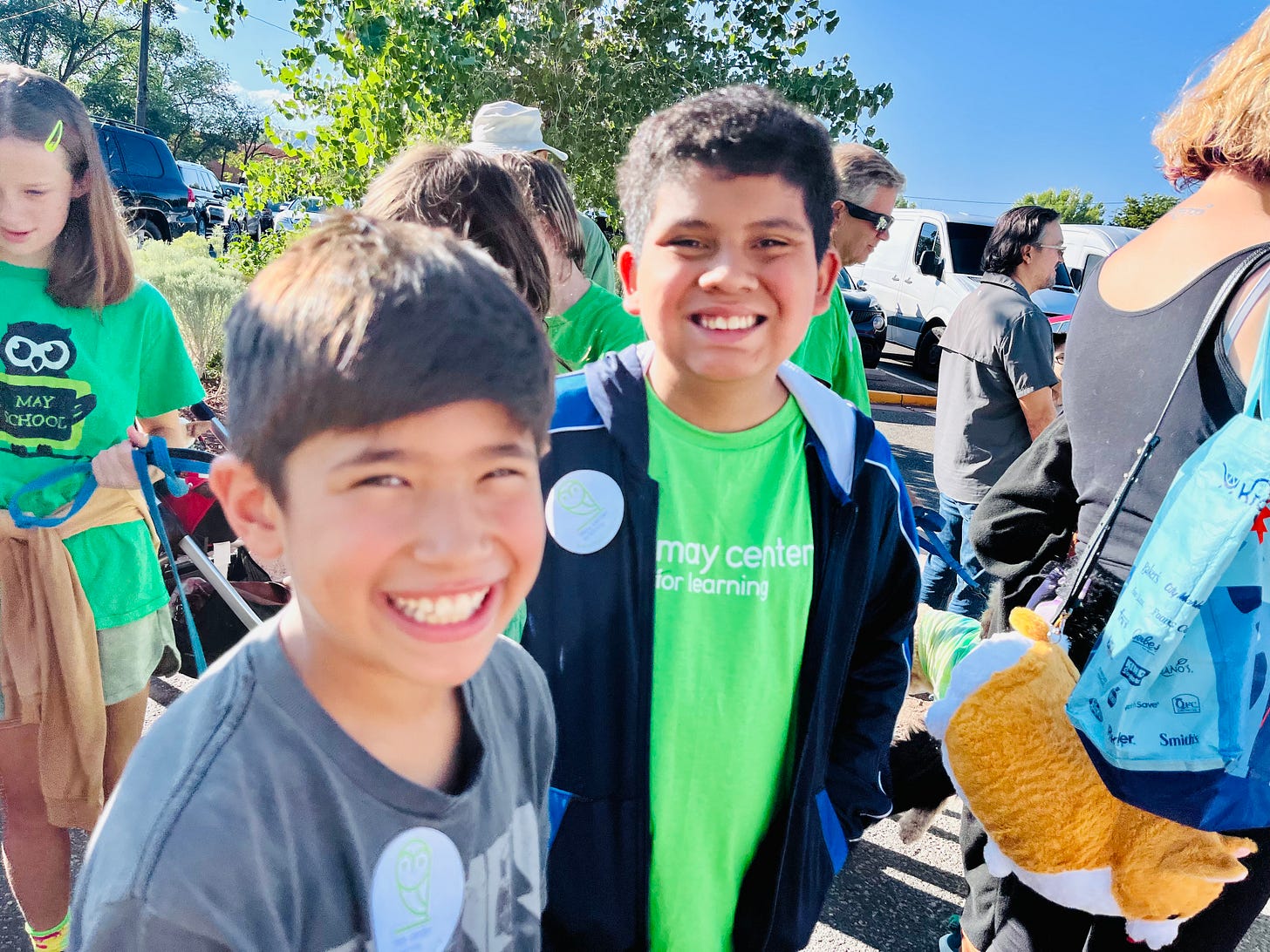By Liz Jameyson
Why Relationships Matter for Learning
The idea is simple but powerful: children learn best when they feel safe and connected. Brain research shows that when children feel cared for and valued, their stress levels decline, and their brains are more open to learning. When children feel anxious, ashamed, or disconnected, on the other hand, the brain’s threat system takes over, prioritizing protection over learning. (Hammond, 2015)
Relationships aren’t separate from academic learning; they’re the foundation for it. When children know we see them, believe in them, and value who they are, they’re more likely to take risks, ask questions, and tolerate challenges. Relationships and rigor go hand in hand.
The Sweet Spot: High Challenge and High Support
Learning happens in what psychologists call the “zone of proximal development,” or ZPD. This zone is where something is challenging enough for the child to stretch to learn but not so hard that they feel frustrated. Helping children work with their ZPD accelerates growth.
Children need both challenging work and strong support to work within this zone. Without support, too much challenge can lead to frustration. Without challenge, support can lead to boredom and disengagement. When we combine explicit modeling, scaffolds, and encouragement with meaningful academic challenges, we help children build resilience, deepen skills, and feel proud of their growth.
What does it actually look like to build strong relationships while maintaining high expectations?
In the next post, we’ll explore several concrete ways to enact this concept.
Hammond, Z. (2015). Culturally responsive teaching and the brain. Corwin.




